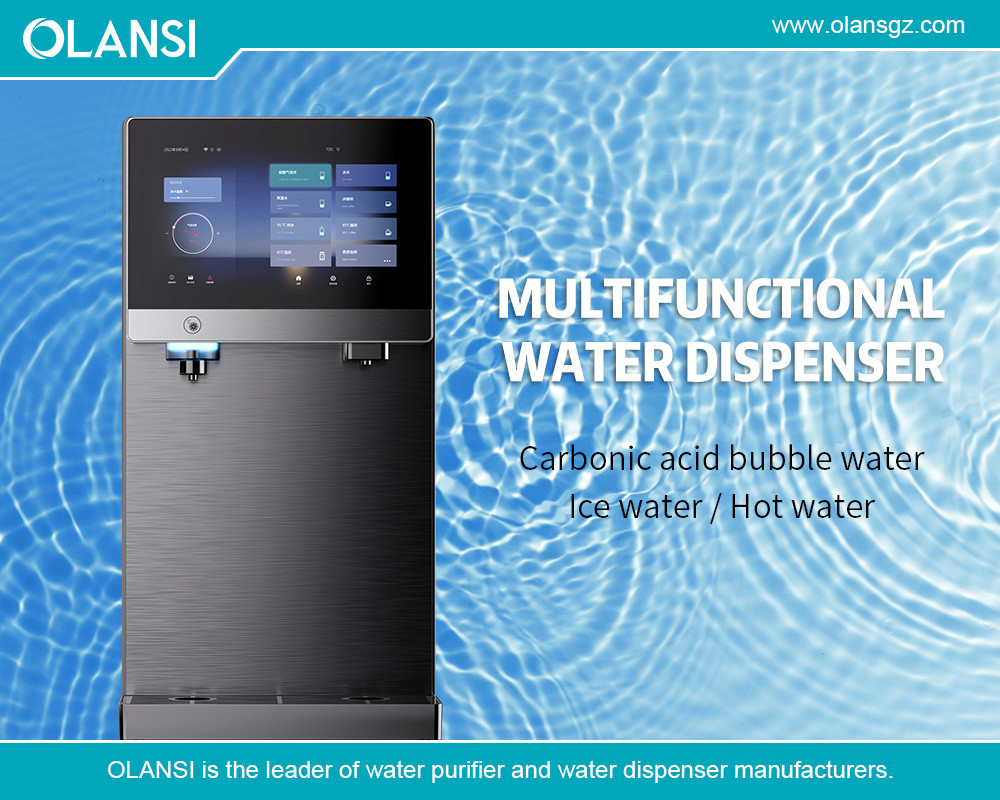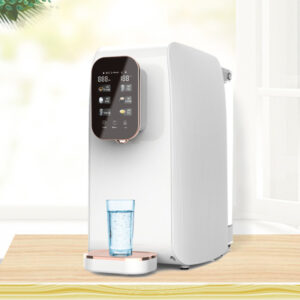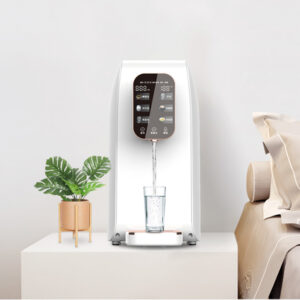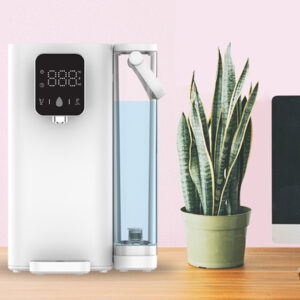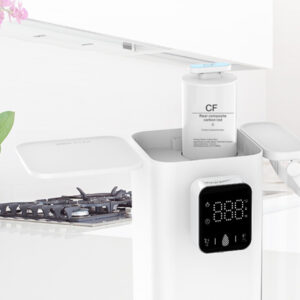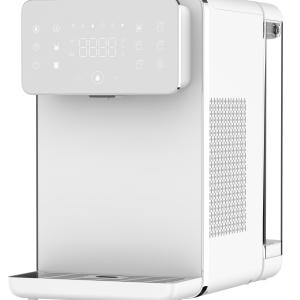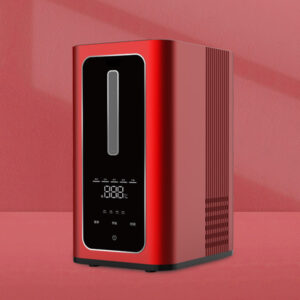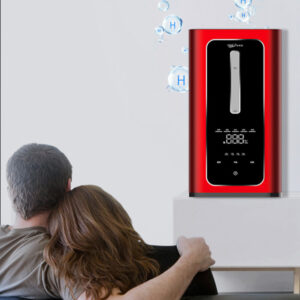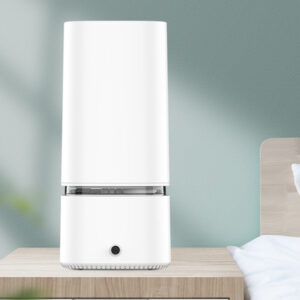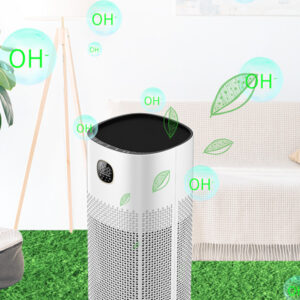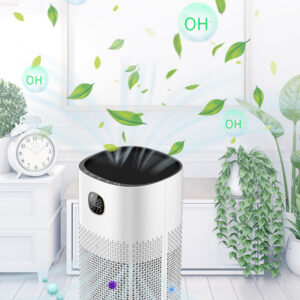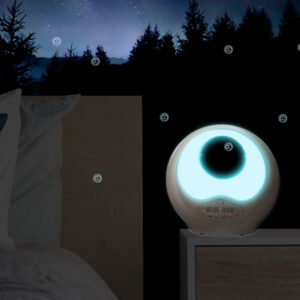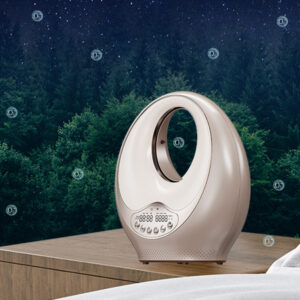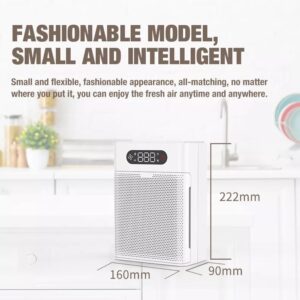How Does a Sparkling Water Dispenser Work?
How Does a Sparkling Water Dispenser Work?
Introduction
Sparkling water, also known as carbonated water or soda water, has become a popular beverage choice for those seeking a refreshing alternative to still water or sugary sodas. Its effervescent quality comes from the infusion of carbon dioxide (CO2) gas, which creates bubbles and a tangy taste. At the heart of this fizzy delight is the sparkling water dispenser, a device that allows users to carbonate water on demand. These dispensers range from simple countertop models for home use to sophisticated commercial systems in restaurants and offices.
Understanding how a sparkling water dispenser works involves delving into the principles of gas solubility, fluid mechanics, and basic engineering. This article explores the technical aspects of these devices, breaking down their components, the carbonation process, and related scientific concepts. By the end, readers will have a comprehensive grasp of the technology behind that satisfying fizz.
The appeal of sparkling water dispensers lies in their convenience and environmental benefits. Unlike bottled sparkling water, which contributes to plastic waste, dispensers use tap water and reusable CO2 cylinders, reducing packaging needs. Technically, they operate on the same fundamental principles as industrial carbonation but scaled down for everyday use. Let’s start by examining the science of carbonation.

Basic Principles of Carbonation
Carbonation is the process of dissolving CO2 gas into water under pressure. This creates carbonic acid (H2CO3), which gives sparkling water its characteristic sharpness. The key to effective carbonation is Henry’s Law, a principle from physical chemistry that states the amount of gas dissolved in a liquid is proportional to the partial pressure of the gas above the liquid.
In mathematical terms, Henry’s Law can be expressed as:
Where:
- ( C ) is the concentration of the dissolved gas,
- ( k ) is Henry’s constant (specific to the gas and liquid),
- ( P ) is the partial pressure of the gas.
For CO2 in water, ( k ) is approximately 0.034 mol/L·atm at room temperature. This means higher pressure leads to more CO2 dissolution, resulting in fizzier water.
Temperature also plays a crucial role. Gas solubility decreases as temperature increases because warmer liquids have higher kinetic energy, making it harder for gas molecules to stay dissolved. That’s why sparkling water dispensers often recommend using cold water—ideally around 4-10°C (39-50°F)—to maximize carbonation efficiency.
Pressure is typically applied in the range of 2-5 bar (29-73 psi) in home dispensers, while commercial units might go higher for stronger fizz. Once the pressure is released—such as when dispensing the water—the CO2 comes out of solution, forming bubbles. This is an exothermic process, but the cooling effect from gas expansion can make the drink feel even more refreshing.
Beyond physics, the chemistry involves equilibrium reactions:
This slight acidity (pH around 3-4) contributes to the taste but is generally harmless in moderation.
Components of a Sparkling Water Dispenser
A typical sparkling water dispenser consists of several key components, each engineered for durability, safety, and efficiency. These can be broadly categorized into the water system, gas system, and control mechanisms.
Water System
– Water Reservoir or Inlet: In countertop models like those from SodaStream, a removable bottle serves as the reservoir. Commercial dispensers connect directly to a water line or use large tanks. The water must be filtered to remove impurities that could affect taste or clog the system.
– Chilling Unit: Many advanced dispensers include a refrigeration system, often using thermoelectric cooling or compressor-based refrigeration, to maintain water at optimal temperatures. This ensures better CO2 absorption.
– Dispensing Nozzle: A valve-controlled outlet where the carbonated water is released. It often includes a drip tray to catch spills.
Gas System
– CO2 Cylinder: The heart of the dispenser, this pressurized tank holds food-grade CO2. Cylinders vary in size—small ones (e.g., 60L capacity, yielding about 60 liters of sparkling water) for home use, larger ones for commercial applications. They are typically made of aluminum or steel and rated for pressures up to 200 bar.
– Regulator Valve: This reduces the high pressure from the cylinder (around 50-60 bar) to a safe working pressure for carbonation. It includes a pressure gauge and safety relief valve to prevent over-pressurization.
– Injector or Diffuser: A nozzle or porous stone that introduces CO2 into the water. In some designs, it’s a venturi injector, which uses the Venturi effect to mix gas and liquid efficiently by creating a low-pressure zone that draws in the gas.
Control Mechanisms
– Activation Button or Lever: Triggers the carbonation cycle. In smart models, this might be electronic with sensors for pressure and gas levels.
– Pressure Chamber: Where carbonation occurs. In bottle-based systems, the bottle itself acts as the chamber when docked.
– Sensors and Electronics: Modern dispensers feature level sensors, CO2 monitors, and microcontrollers to automate the process, ensuring consistent carbonation levels (e.g., light, medium, strong fizz).
Materials are chosen for corrosion resistance—stainless steel for commercial units, BPA-free plastics for home models—to handle the acidic environment.
The Carbonation Process Step by Step
The operation of a sparkling water dispenser can be broken down into a sequence of steps, combining mechanical actions with physical principles.
- Preparation: Fill the reservoir or bottle with cold, filtered water. For line-connected systems, water flows in on demand. Chilling occurs if the unit has a cooler, dropping temperature to enhance solubility.
- Docking and Sealing: In bottle systems, attach the bottle to the dispenser, creating an airtight seal. This prevents gas escape and maintains pressure.
- Gas Injection: Press the activation button to open the regulator valve. CO2 flows from the cylinder into the pressure chamber. The injector bubbles the gas into the water, often in pulses to allow better dissolution. Pressure builds up, forcing CO2 to dissolve according to Henry’s Law.
Technically, the process involves agitation or mixing to increase the gas-liquid interface area, accelerating dissolution. Some dispensers use mechanical stirrers or ultrasonic waves for this.
- Equilibration: The system holds the pressure for a few seconds (typically 5-10) to reach equilibrium. Sensors monitor pressure to avoid exceeding safe limits—usually capped at 5 bar to prevent bottle rupture.
- Dispensing: Release the pressure gradually through the nozzle. As pressure drops, supersaturated CO2 nucleates into bubbles. The water is now sparkling and ready to drink. In continuous-flow systems, carbonation happens inline via a carbonator pump that mixes water and CO2 under pressure.
- Vent and Reset: Excess gas is vented safely, and the system resets for the next use. CO2 usage is efficient, with about 0.5-1 gram per liter of water.
This cycle repeats, with efficiency depending on factors like water hardness (softer water carbonates better) and ambient conditions.
Types of Sparkling Water Dispensers
Sparkling water dispensers come in various designs, each suited to different applications.
Home Countertop Models
These are compact, like the SodaStream series, using screw-in CO2 cylinders. They carbonate in batches, typically 1 liter at a time. Power is optional for basic models, but electric versions add features like auto-carbonation levels.
Under-Counter Systems
Installed in kitchens, these connect to water lines and use larger CO2 tanks. They provide on-tap sparkling water via a dedicated faucet. Carbonation occurs in a pressurized tank, with a pump maintaining flow.
Commercial Dispensers
Found in offices or restaurants, these are high-capacity units like those from Zip or Bevi. They often include filtration, UV sterilization, and flavor options. Inline carbonators use venturi mixers for continuous production, handling hundreds of liters daily.
Portable and Manual Options
Battery-operated or hand-pumped dispensers exist for outdoor use, though less efficient. They rely on manual pressure buildup.
Each type balances cost, capacity, and complexity, with commercial models incorporating PLC (Programmable Logic Controller) systems for precise control.
Maintenance and Troubleshooting
Proper maintenance ensures longevity and safety. Key tasks include:
– CO2 Cylinder Replacement: When empty (indicated by low fizz or gauges), swap cylinders. Refilling stations use high-pressure compressors to recharge them.
– Cleaning: Regular descaling with citric acid solutions removes mineral buildup from hard water, which can clog injectors.
– Filter Changes: Replace water filters every 3-6 months to maintain purity.
– Leak Checks: Inspect seals and valves for CO2 leaks, which waste gas and pose safety risks.
Common issues:
– Weak Fizz: Caused by warm water, low CO2, or faulty regulator. Solution: Chill water or replace cylinder.
– Over-Carbonation: Leads to foaming; adjust pressure settings.
– Nozzles Clogging: Due to impurities; clean with vinegar.
– Safety Features: Most have burst disks that rupture at excessive pressure, venting gas harmlessly.
Troubleshooting often involves basic diagnostics, like checking electrical connections in smart models.
Advantages and Disadvantages
Advantages:
– Cost Savings: Home carbonation is cheaper than buying bottles—about $0.20 per liter vs. $1+.
– Customization: Control fizz levels and add flavors.
– Eco-Friendly: Reduces plastic waste.
– Health Benefits: Encourages hydration without calories.
Disadvantages:
– Initial Cost: Dispensers range from $50-$500+.
– Maintenance: Requires refills and cleaning.
– Space: Commercial units are bulky.
– Dependency on Supplies: CO2 availability varies.
Technically, efficiency improves with advancements like recyclable cylinders and energy-efficient chillers.

Conclusion
Sparkling water dispensers exemplify clever engineering applied to everyday convenience, transforming plain water into a bubbly treat through controlled gas infusion. By leveraging principles like Henry’s Law and precise mechanical components, these devices deliver consistent results. Whether for home or commercial use, understanding their workings enhances appreciation and informed usage.
As technology evolves, expect smarter dispensers with IoT integration for monitoring and auto-reorders. Ultimately, the fizz in your glass is a testament to the harmonious blend of science and design.
For more about how does a sparkling water dispenser work, you can pay a visit to Olansi at https://www.olansgz.com/product-category/sparkling-water-dispenser/ for more info.


